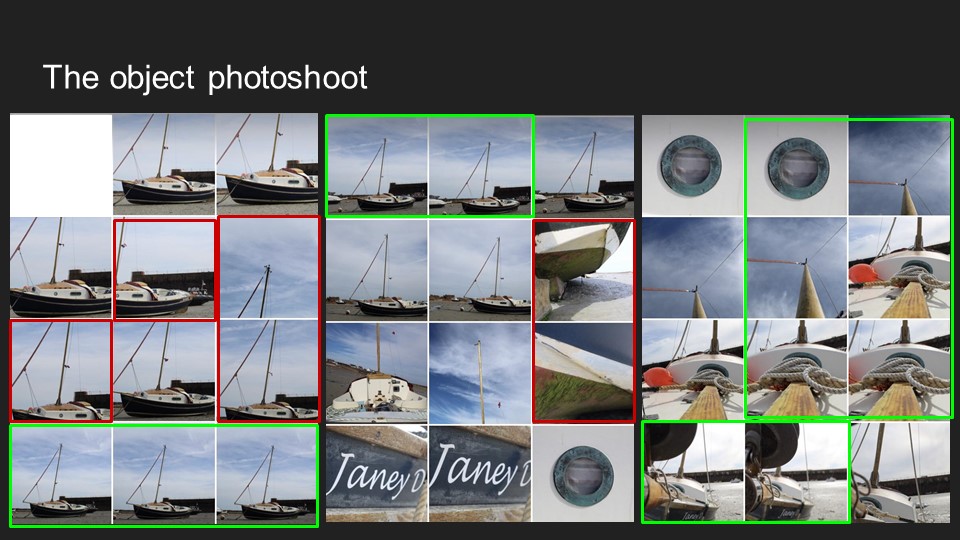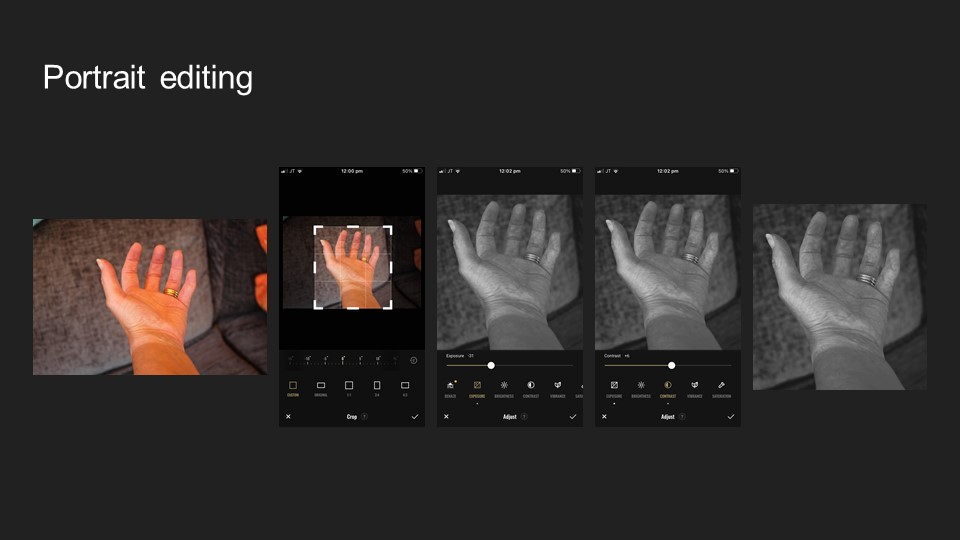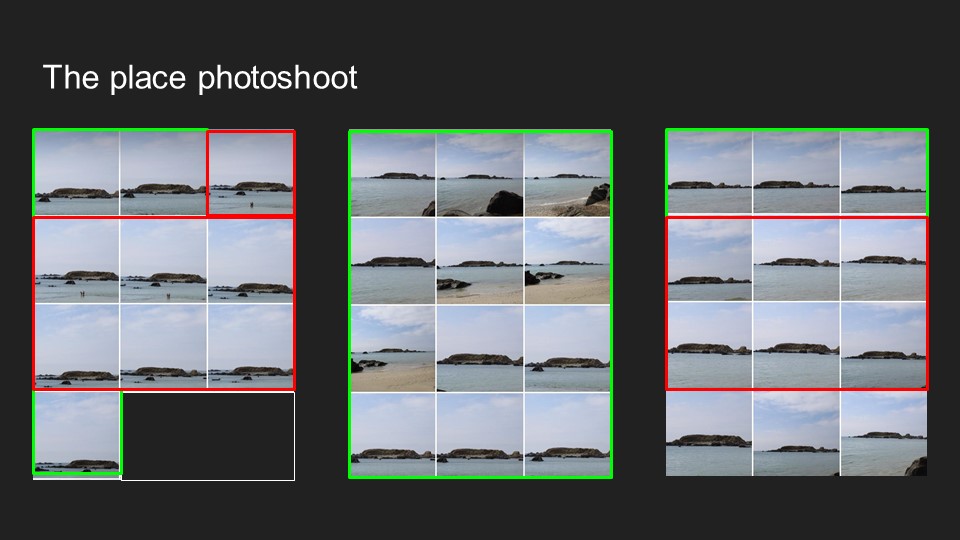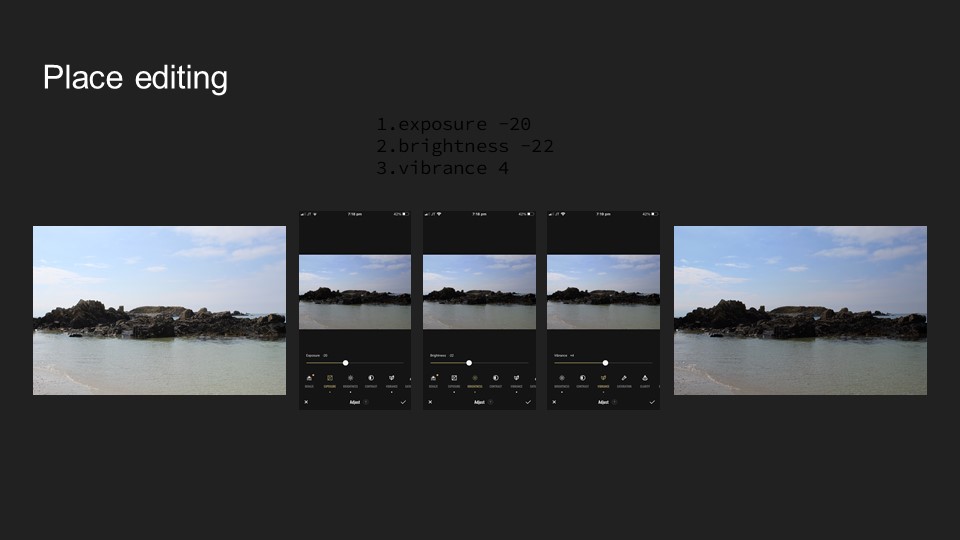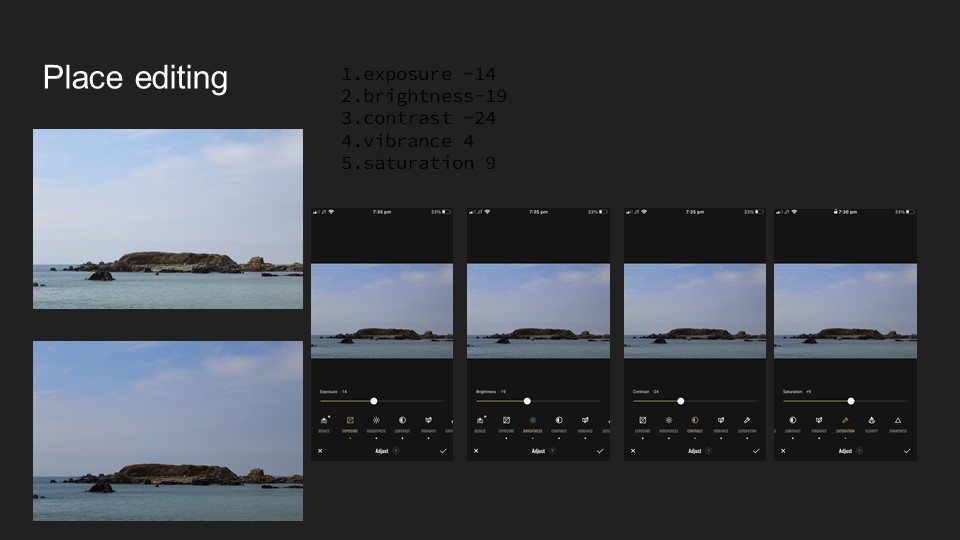How
and
Became
My process…















Writing with light.
Capturing light.
Painting with light.
Filming light.
Writing with light.
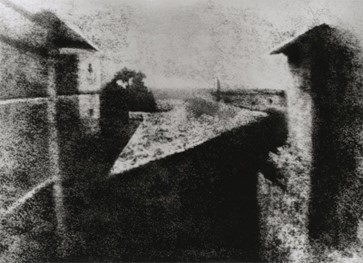
1739 (Joseph Wright)
1839 (Louis-Jacques-Mandé Daguerre)
1826 (Joseph Nicéphore Niépce)
1904 (Salvadore Dali)
1826 (Joseph Nicéphore Niépce)
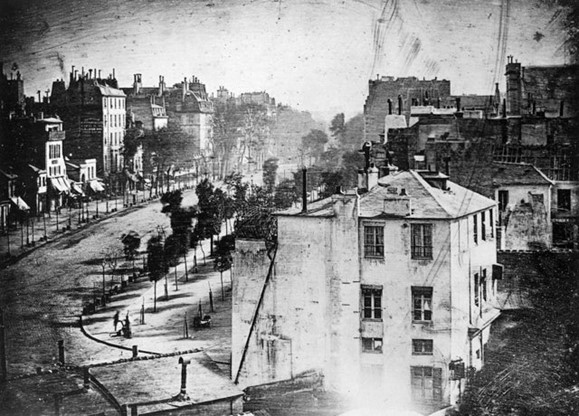
1874 (Julia Margeret Cameron)
1838 (Louis-Jacques-Mandé Daguerre)
1856 (Henry Mullins)
1939 (Ropert Capa)
1838 (Louis-Jacques-Mandé Daguerre)
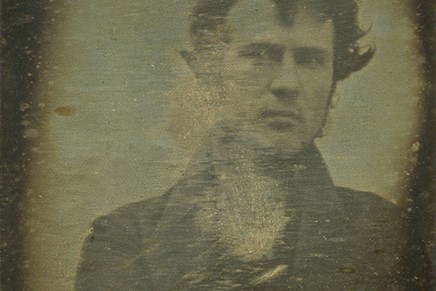
Kim Kardashian (2015)
Robert Cornelius (1839)
Cindy Sherman (1980)
Claude Cahun (1927)
Robert Cornelius (1839)

1907 (Lumière brothers)
1961 (Andy Warhol)
1935 (Kodachrome)
1861 (James Clerk Maxwell)
1861 (James Clerk Maxwell)
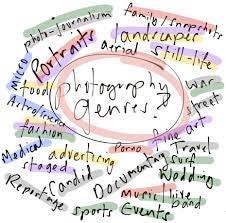
A study of an artwork
A depiction in art
A style or category of art
A creative process in art
A style or category of art

In image where a person is sitting still and not moving.
An arrangement of flowers.
A picture of food.
An image that shows inanimate objects from the natural or man-made world.
An image that shows inanimate objects from the natural or man-made world.
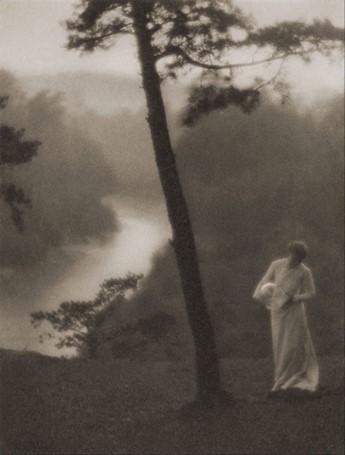
To capture moving objects
To record reality
To affirm photography as an art form
To be scientific
To affirm photography as an art form
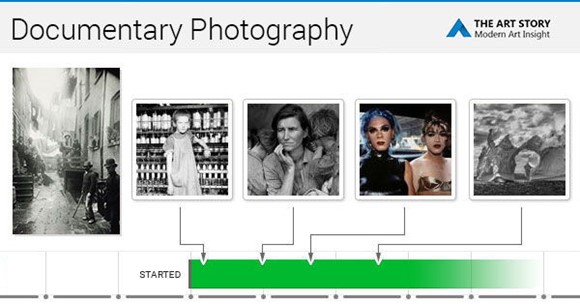
Capture images that truthfully portray people, places and events.
Staging images for maximum effect.
Provide in-depth information about a subject over a long period time.
An interpretation of reality as witnessed by the photographer.
Capture images that truthfully portray people, places and events.
Staging images for maximum effect.
Provide in-depth information about a subject over a long period time.
An interpretation of reality as witnessed by the photographer.
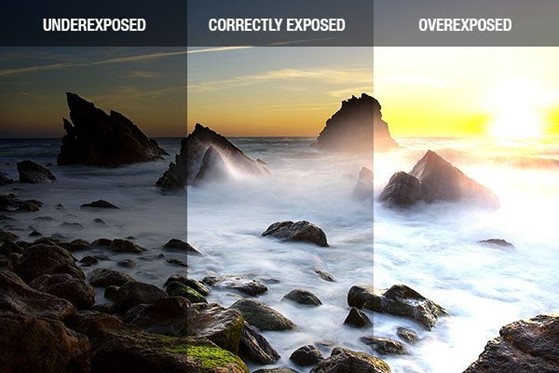
To expose hidden elements in our society.
To record fast moving objects.
To capture bright light.
The amount of light that reaches your camera’s sensor.
The amount of light that reaches your camera’s sensor.
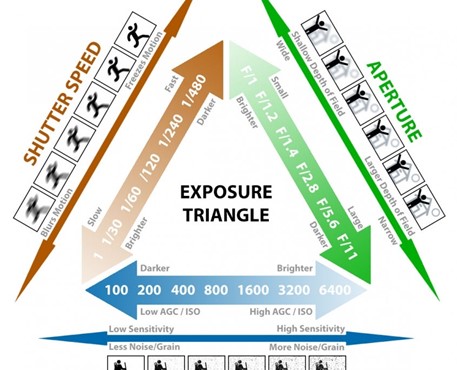
Depth of field, composition, distance to subject.
Aperture, focal length, ISO.
Aperture, shutter speed, ISO.
Shutter speed, distance to subject, depth of field.
Aperture, shutter speed, ISO.

Aperture
White balance
Shutter
ISO
Shutter
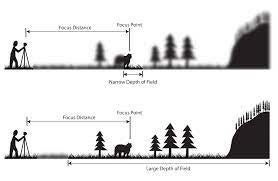
How much of your image is in focus.
To photograph from a high vantage point.
A view across a field.
A deadpan approach to image making.
How much of your image is in focus.

Shutter speed, distance from camera to subject, and sensitivity to light.
Lens aperture, distance from camera to subject, and lens focal length.
Lens focal length shutter speed and lens aperture.
Sensitivity to light, shutter speed and lens focal length.
Lens aperture, distance from camera to subject, and lens focal length.
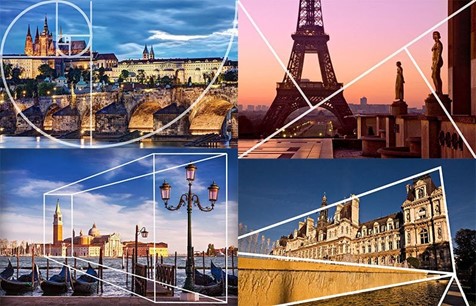
Capturing the quality of light.
A piece of music with different instruments.
Staging a portrait with props.
The arrangement of visual elements within the frame.
The arrangement of visual elements within the frame.
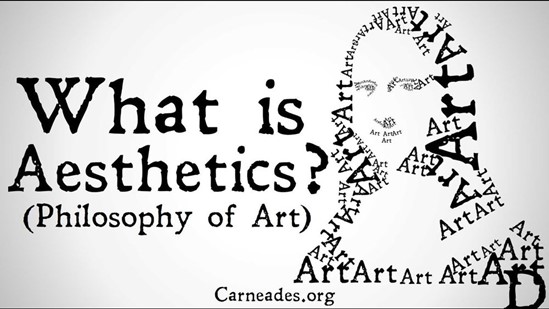
Concerned with the nature of beauty and taste.
It is subjective and in the eye of the beholder.
Aesthetic qualities refer to the way and artwork looks and feels.
Making a critical judgement based on observation and understanding.
Concerned with the nature of beauty and taste.
It is subjective and in the eye of the beholder.
Aesthetic qualities refer to the way and artwork looks and feels.
Making a critical judgement based on observation and understanding.

To provide historial, cultural and theoterical understanding of images.
Consider factors outside of the image, as well as inside the frame.
To give an opinion without any research.
To seek a definite answer.
To provide historical, cultural and theoretical understanding of images.

1.5 billion
4.7 billion
800 million
6.9 billion
4.7 billion
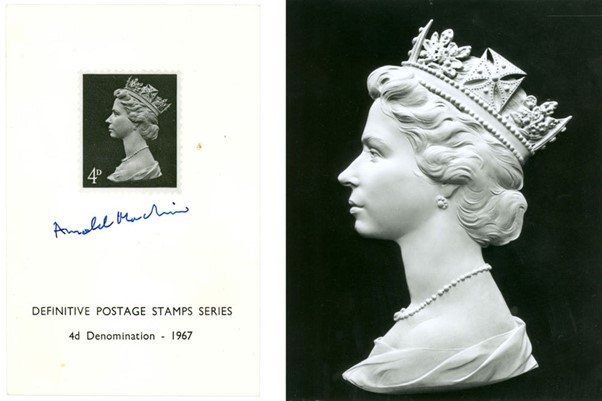
Mona Lisa
Lady Gaga
Ernesto ‘Che’ Guevara
The Queen (Elizabeth II)
The Queen (Elizabeth II)
Induction task:
answers in red.
Q1: What is the etymology (origin & history) of the word photography?

20sec
Writing with light.
Capturing light.
Painting with light.
Filming light.
Q2: What year was the first photograph made in camera?

20sec
1739 (Joseph Wright)
1839 (Louis-Jacques-Mandé Daguerre)
1826 (Joseph Nicéphore Niépce)
1904 (Salvadore Dali)
Q3: When did the first photograph of a human appear?
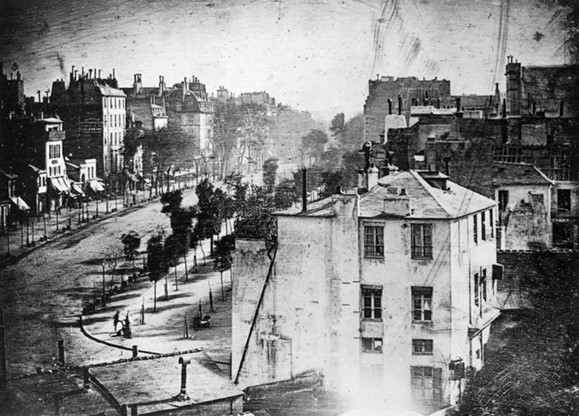
20sec
1874 (Julia Margeret Cameron)
1838 (Louis-Jacques-Mandé Daguerre)
1856 (Henry Mullins)
1939 (Ropert Capa)
Q4: Who made the first ‘selfie’
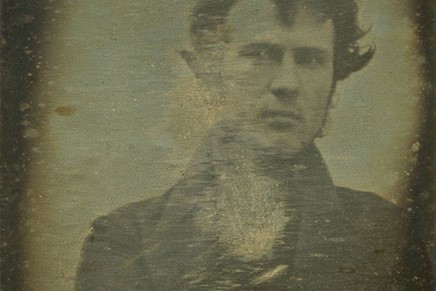
20sec
Kim Kardashian (2015)
Robert Cornelius (1839)
Cindy Sherman (1980)
Claude Cahun (1927)
Q5: When did the first colour photograph appear?

20sec
1907 (Lumière brothers)
1961 (Andy Warhol)
1935 (Kodachrome)
1861 (James Clerk Maxwell)
Q6: What do we mean by the word genre?

20sec
A study of an artwork
A depiction in art
A style or category of art
A creative process in art
Q7: What do we mean by the genre of still-life?

20sec
In image where a person is sitting still and not moving.
An arrangement of flowers.
A picture of food.
An image that shows inanimate objects from the natural or man-made world.
Q8: What was the main purpose of the Pictorialist movement?
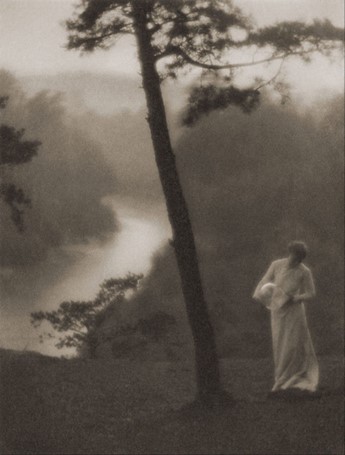
20sec
To capture moving objects
To record reality
To affirm photography as an art form
To be scientific
Q9: How do we describe the term documentary photography?

30sec
Capture images that truthfully portray people, places and events.
Staging images for maximum effect.
Provide in-depth information about a subject over a long period time.
An interpretation of reality as witnessed by the photographer.
Q10: What is exposure in photography?
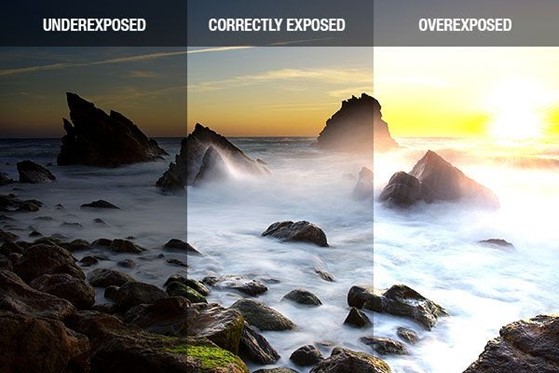
20sec
To expose hidden elements in our society.
To record fast moving objects.
To capture bright light.
The amount of light that reaches your camera’s sensor.
Q11: What controls exposure on your camera?
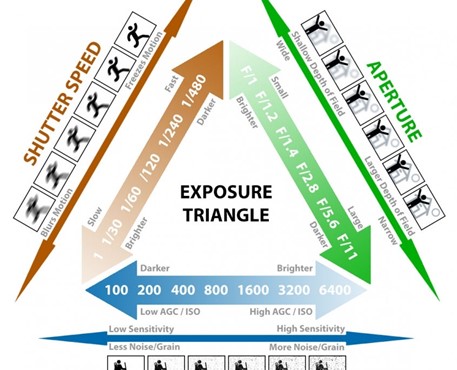
30sec
Depth of field, composition, distance to subject.
Aperture, focal length, ISO.
Aperture, shutter speed, ISO.
Shutter speed, distance to subject, depth of field.
Q12: What control on our camera records moving objects?
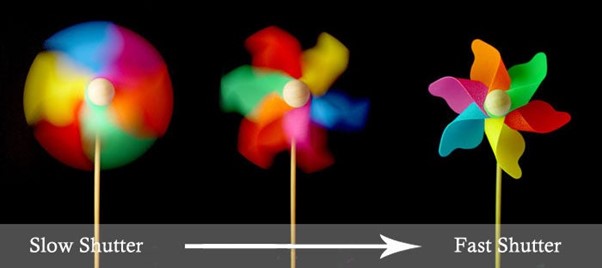
20sec
Aperture
White balance
Shutter
ISO
Q13: How do we explain depth of field?
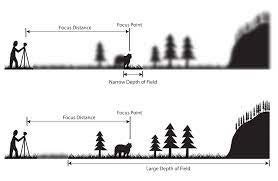
20sec
How much of your image is in focus.
To photograph from a high vantage point.
A view across a field.
A deadpan approach to image making.
Q14: What factors affect Depth of Field?

30sec
Shutter speed, distance from camera to subject, and sensitivity to light.
Lens aperture, distance from camera to subject, and lens focal length.
Lens focal length shutter speed and lens aperture.
Sensitivity to light, shutter speed and lens focal length.
Q15: What is composition in photography?

20sec
Capturing the quality of light.
A piece of music with different instruments.
Staging a portrait with props.
The arrangement of visual elements within the frame.
Q16: What is your understanding of aesthetics in art?

30sec
Concerned with the nature of beauty and taste.
It is subjective and in the eye of the beholder.
Aesthetic qualities refer to the way and artwork looks and feels.
Making a critical judgement based on observation and understanding.
Q17: What are contextual studies in photography?

30sec
To provide historial, cultural and theoterical understanding of images.
Consider factors outside of the image, as well as inside the frame.
To give an opinion without any research.
To seek a definite answer.
Q18: How many images are captured on average every day worldwide?

20sec
1.5 billion
4.7 billion
800 million
6.9 billion
Q19: Which portrait is the most reproduced in the world?
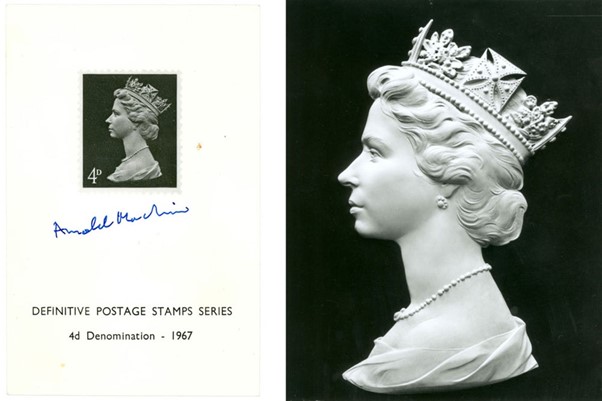
Mona Lisa
Lady Gaga
Ernesto ‘Che’ Guevara
The Queen (Elizabeth II)
Q1: What is the etymology (origin & history) of the word photography?

The word “photography” literally means writing with light.
Q2: What year was the first photograph made in camera?

1826 (Joseph Nicéphore Niépce) photographed from the view of his window at Le Gras, his family’s country home.
Q3: When did the first photograph of a human appear?

1838 (Louis-Jacques-Mandé Daguerre) photograph of a Paris street scene shows a man standing along the Boulevard du Temple getting his shoes shined.
Q4: Who made the first ‘selfie’?

Robert Cornelius (1839) who in October 1839 took his own picture in the backyard of his family’s light fixture store
Q5: When did the first colour photograph appear?

1861 (James Clerk Maxwell)The subject is a coloured ribbon, usually described as a tartan ribbon.
Q6: What do we mean by the word genre?

a category of artistic, musical, or literary composition characterized by a particular style, form, or content
Q7: What do we mean by the genre of still-life?

An image that shows inanimate objects from the natural or man-made world.
Q8: What was the main purpose of the Pictorialist movement?

To affirm photography as an art form. Pictorialisms believed that photography should be understood as a vehicle for personal expression on par with the other fine arts.
Q9: How do we describe the term documentary photography?

A style of photographs that presents straightforward records of events, people and places, often recording important historical or political moments.
Q10: What is exposure in photography?

The amount of light that reaches your camera’s sensor creating visual data over a period of time.
Q11: What controls exposure on your camera?

The cameras Aperture, shutter speed, ISO.
Q12: What control on our camera records moving objects?

Shutter
Q13: How do we explain depth of field?

the distance between the nearest and furthest elements in a scene that appear to be “acceptably sharp” in an image.
Q14: What factors affect Depth of Field?

Lens aperture, distance from camera to subject, and lens focal length.
Q15: What is composition in photography?

how a photographer arranges visual elements within their frame.
Q16: What is your understanding of aesthetics in art?

Aesthetics is a discipline concerned with the perception, appreciation, and production of art
Q17: What are contextual studies in photography?

To provide historial, cultural and theoterical understanding of images.
Q18: How many images are captured on average every day worldwide?

4.7 billion
Q19: Which portrait is the most reproduced in the world?

The Queen (Elizabeth II)
Q1: What is the etymology (origin & history) of the word photography?

The word photography means drawing with light, the word was first coined by the British scientist Sir John Herschel in 1839 from the Greek words phos, meaning “light”, and graphê meaning drawing or writing.
Q2: What year was the first photograph made in camera?

1826 French scientist Joseph Nicéphore Niépce, took that photograph, titled View from the Window at Le Gras, at his family’s country home.
Q3: When did the first photograph of a human appear?

Taken in 1838, Louis Daguerre’s photograph of a Paris street scene shows a man standing along the Boulevard du Temple getting his shoes shined. It is widely believed to be the earliest extant photograph of human figures.
Q4: Who made the first ‘selfie’?

It was conceived in 1994 by Sasaki Miho, inspired by the popularity of girl photo culture and photo stickers in 1990s Japan. She worked for a game company, Atlus, where she suggested the idea, but it was initially rejected by her male bosses.
Q5: When did the first colour photograph appear?

The first colour photograph made by the three-color method suggested by James Clerk Maxwell in 1855, taken in 1861 by Thomas Sutton. The subject is a coloured ribbon, usually described as a tartan ribbon.
Q6: What do we mean by the word genre?

A style or category of art
Q7: What do we mean by the genre of still-life?

An image that shows inanimate objects from the natural or man-made world.
Q8: What was the main purpose of the Pictorialist movement?

To affirm photography as an art form
Q9: How do we describe the term documentary photography?

An interpretation of reality as witnessed by the photographer.
Q10: What is exposure in photography?

The amount of light that reaches your camera’s sensor. Exposure is the amount of light that reaches your camera’s sensor, creating visual data over a period of time. That time period could be fractions of a second or entire hours. The right exposure is a balancing act.
Q11: What controls exposure on your camera?

Aperture, shutter speed, ISO.
Q12: What control on our camera records moving objects?

Shutter
Q13: How do we explain depth of field?

How much of your image is in focus.
Q14: What factors affect Depth of Field?

Lens aperture, distance from camera to subject, and lens focal length.
Q15: What is composition in photography?

The arrangement of visual elements within the frame. What is photo composition? Photo composition is how a photographer arranges visual elements within their frame
Q16: What is your understanding of aesthetics in art?

It is subjective and in the eye of the beholder.
Q17: What are contextual studies in photography?

To provide historial, cultural and theoterical understanding of images.
Q18: How many images are captured on average every day worldwide?

4.7 Billion
Q19: Which portrait is the most reproduced in the world?

The Queen Elizabeth II, printed onto money.
Q1: What is the etymology (origin & history) of the word photography?

Q2: What year was the first photograph made in camera?

1826 (Joseph Nicéphore Niépce)
Q3: When did the first photograph of a human appear?

1838 (Louis-Jacques-Mandé Daguerre)
Q4: Who made the first ‘selfie’?

Q5: When did the first colour photograph appear?

Q6: What do we mean by the word genre?

Q7: What do we mean by the genre of still-life?

An image that shows inanimate objects from the natural or man-made world.
Q8: What was the main purpose of the Pictorialist movement?

To affirm photography as an art form
Q9: How do we describe the term documentary photography?

An interpretation of reality as witnessed by the photographer.
Q10: What is exposure in photography?

The amount of light that reaches your camera’s sensor.
Q11: What controls exposure on your camera?

Q12: What control on our camera records moving objects?

Shutter
Q13: How do we explain depth of field?

How much of your image is in focus.
Q14: What factors affect Depth of Field?

Lens aperture, distance from camera to subject, and lens focal length.
Q15: What is composition in photography?

The arrangement of visual elements within the frame.
Q16: What is your understanding of aesthetics in art?

It is subjective and in the eye of the beholder.
Q17: What are contextual studies in photography?

To provide historial, cultural and theoterical understanding of images.
Q18: How many images are captured on average every day worldwide?

Q19: Which portrait is the most reproduced in the world?

Introduction to A-level Photography Quiz
Q1: What is the etymology (origin & history) of the word photography?

Writing with light.
Q2: What year was the first photograph made in camera?

1826 (Joseph Nicéphore Niépce)
Q3: When did the first photograph of a human appear?

1838 (Louis-Jacques-Mandé Daguerre)
Q4: Who made the first ‘selfie’

Robert Cornelius (1839)
Q5: When did the first colour photograph appear?

1861 (James Clerk Maxwell)
Q6: What do we mean by the word genre?

A style or category of art
Q7: What do we mean by the genre of still-life?

An image that shows inanimate objects from the natural or man-made world
Q8: What was the main purpose of the Pictorialist movement?
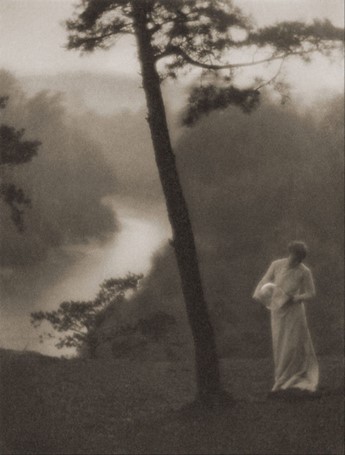
To affirm photography as an art form
Q9: How do we describe the term documentary photography?
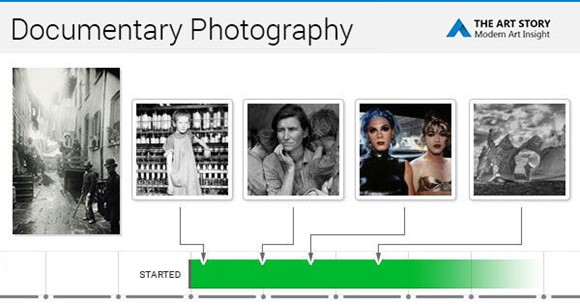
Capture images that truthfully portray people, places and events.
Q10: What is exposure in photography?
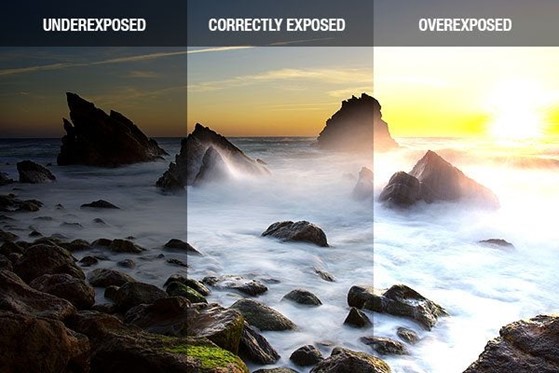
The amount of light that reaches your camera’s sensor.
Q11: What controls exposure on your camera?

Aperture, shutter speed, ISO.
Q12: What control on our camera records moving objects?

Shutter
Q13: How do we explain depth of field?
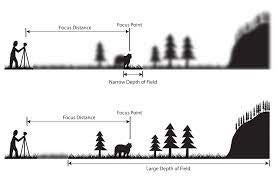
How much of your image is in focus.
Q14: What factors affect Depth of Field?

Lens aperture, distance from camera to subject, and lens focal length.
Q15: What is composition in photography?
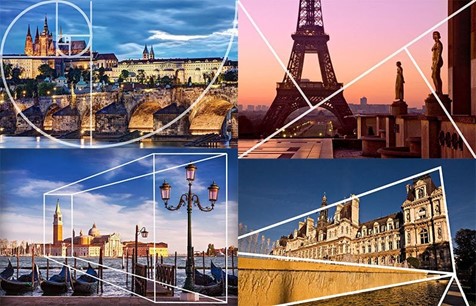
The arrangement of visual elements within the frame.
Q16: What is your understanding of aesthetics in art?
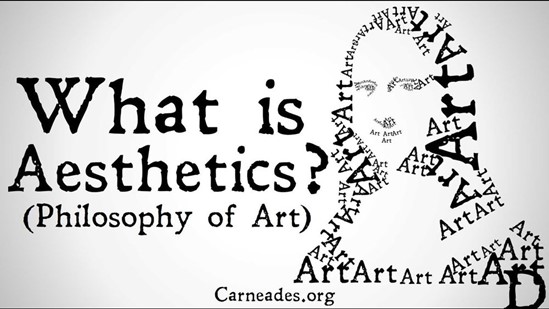
Aesthetic qualities refer to the way and artwork looks and feels.
Q17: What are contextual studies in photography?

To provide historical, cultural and theoretical understanding of images.
Q18: How many images are captured on average every day worldwide?

4.7 billion
Q19: Which portrait is the most reproduced in the world?

The Queen (Elizabeth II)
PHOTOGRAPHY
QUIZ
answer – highlighted
What is the etymology (origin & history) of the word photography?

Writing with light.
Capturing light.
Painting with light.
Filming light.
Q2: What year was the first photograph made in camera?

1739 (Joseph Wright)
1839 (Louis-Jacques-Mandé Daguerre)
1826 (Joseph Nicéphore Niépce)
1904 (Salvadore Dali)
Q3: When did the first photograph of a human appear?

20sec
1874 (Julia Margeret Cameron)
1838 (Louis-Jacques-Mandé Daguerre)
1856 (Henry Mullins)
1939 (Ropert Capa)
Q4: Who made the first ‘selfie’

20sec
Kim Kardashian (2015)
Robert Cornelius (1839)
Cindy Sherman (1980)
Claude Cahun (1927)
Q5: When did the first colour photograph appear?

1907 (Lumière brothers)
1961 (Andy Warhol)
1935 (Kodachrome)
1861 (James Clerk Maxwell)
Q6: What do we mean by the word genre?
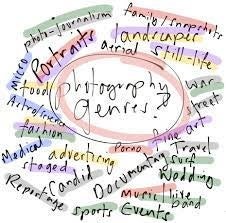
A study of an artwork
A depiction in art
A style or category of art
A creative process in art
Q7: What do we mean by the genre of still-life?

In image where a person is sitting still and not moving.
An arrangement of flowers.
A picture of food.
An image that shows inanimate objects from the natural or man-made world.
Q8: What was the main purpose of the Pictorialist movement?
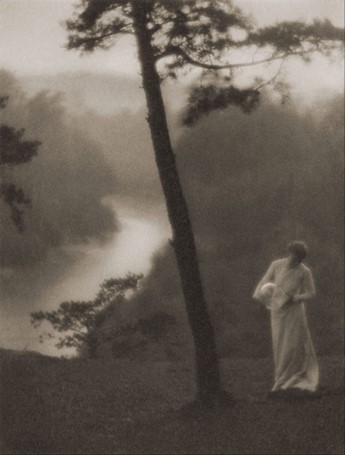
To capture moving objects
To record reality
To affirm photography as an art form
To be scientific
Q9: How do we describe the term documentary photography?
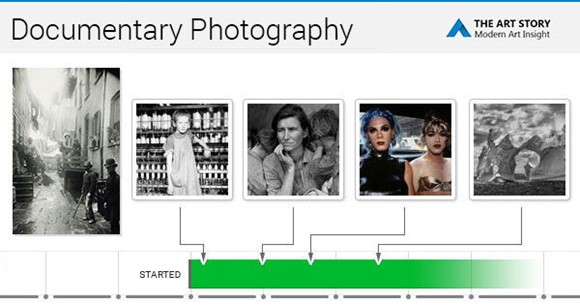
Capture images that truthfully portray people, places and events.
Staging images for maximum effect.
Provide in-depth information about a subject over a long period time.
An interpretation of reality as witnessed by the photographer.
Q10: What is exposure in photography?
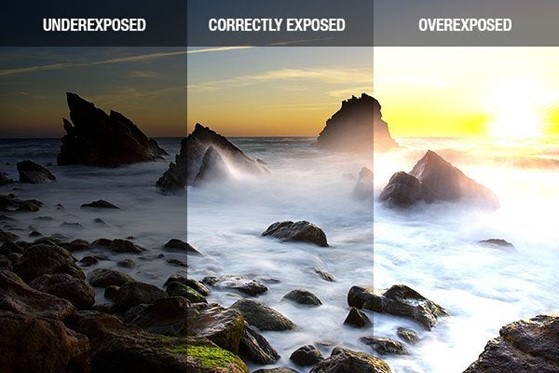
To expose hidden elements in our society.
To record fast moving objects.
To capture bright light.
The amount of light that reaches your camera’s sensor.
Q11: What controls exposure on your camera?
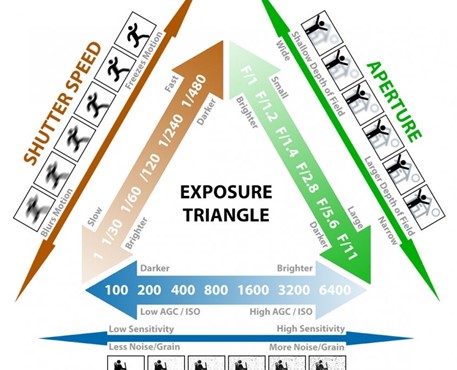
Depth of field, composition, distance to subject.
Aperture, focal length, ISO.
Aperture, shutter speed, ISO.
Shutter speed, distance to subject, depth of field.
Q12: What control on our camera records moving objects?

Aperture
White balance
Shutter
ISO
Q13: How do we explain depth of field?
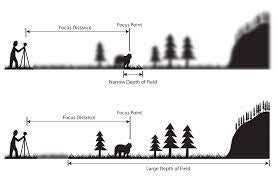
How much of your image is in focus.
To photograph from a high vantage point.
A view across a field.
A deadpan approach to image making.
Q14: What factors affect Depth of Field?

Shutter speed, distance from camera to subject, and sensitivity to light.
Lens aperture, distance from camera to subject, and lens focal length.
Lens focal length shutter speed and lens aperture.
Sensitivity to light, shutter speed and lens focal length.
Q15: What is composition in photography?
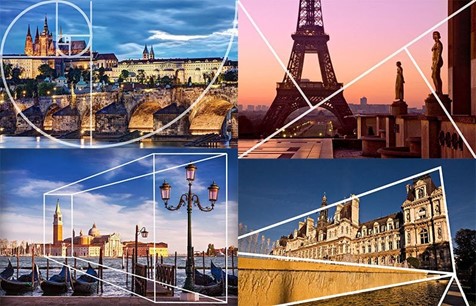
Capturing the quality of light.
A piece of music with different instruments.
Staging a portrait with props.
The arrangement of visual elements within the frame.
Q16: What is your understanding of aesthetics in art?
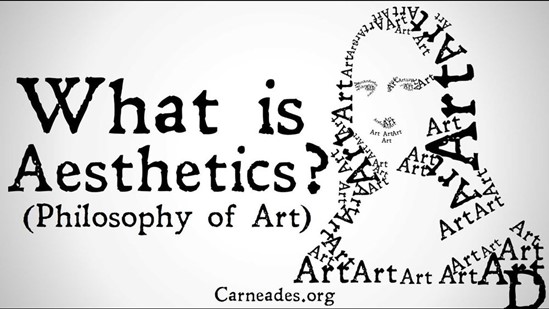
Concerned with the nature of beauty and taste.
It is subjective and in the eye of the beholder.
Aesthetic qualities refer to the way and artwork looks and feels.
Making a critical judgement based on observation and understanding.
Q17: What are contextual studies in photography?

To provide historical, cultural and theoretical understanding of images.
Consider factors outside of the image, as well as inside the frame.
To give an opinion without any research.
To seek a definite answer.
Q18: How many images are captured on average every day worldwide?

1.5 billion
4.7 billion
800 million
6.9 billion
Q19: Which portrait is the most reproduced in the world?

Mona Lisa
Lady Gaga
Ernesto ‘Che’ Guevara
The Queen (Elizabeth II)
Hannah Lynam





